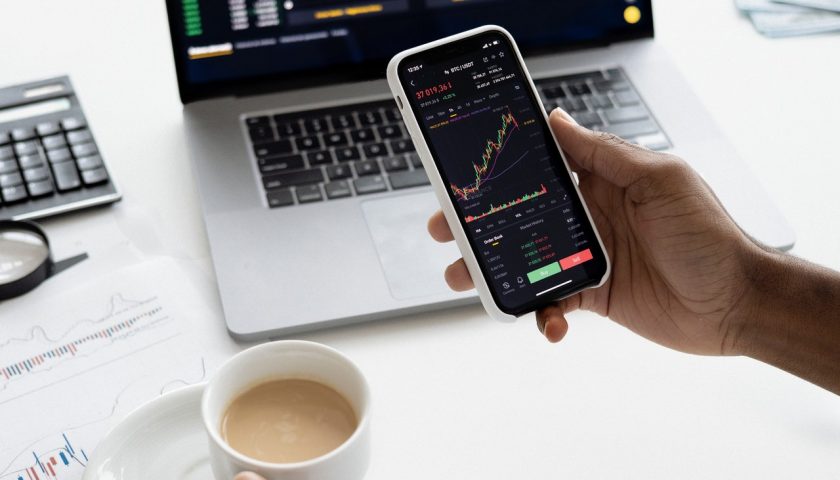An ETF is an index fund that trades on a stock exchange like a stock – all during the day and at different prices.
ETFs differ from mutual funds. A mutual fund can be an index fund but is not traded on a listed exchange like an ETF. The price, or net asset value, of a mutual fund, is set at the close of trading and the purchase or sale price is at that closing price, where an ETF trades all day long and transactions can take place at any time during trading hours.
ETFs have lower management fees and are a bit more tax-efficient since capital gains are rarely distributed in an ETF as opposed to a mutual fund.
ETFs versus Mutual Funds
But ETFs can only be bought and sold through a broker, whereas mutual funds can be bought directly from the fund itself, avoiding commissions. When buying or selling an ETF, commissions are charged for every trade – making it unsuitable for regular, fixed-amount investments. Fees associated with ETFs are generally smaller than those of a traditional mutual fund. ETFs are attractive for large, infrequent investments. For regular, fixed investments, a traditional mutual fund is a way to go.
The metrics used in researching ETFs are no different from stock or mutual fund research: price and performance, dividend rate, average daily volume, asset class, price/ earnings ratio, management style, and the expense ratio, just to name a few.
One can also try ETFs for the best casinos online platforms as the era of high-speed and cheap internet connectivity across the world has given a rebirth to the gambling industry.
Popular ETFs
Information is available on ETFs from brokerages and from the sponsor of the index that the ETF follows. Standard and Poor’s designs the S&P 500 and the ETF that follows it is called the “Spider” (ticker symbol SPDR). The ETF that mimics the Dow is called a “Diamond” (ticker symbol DIA), while the ETF that tracks the NASDAQ 100 index is called the “cubes” after its ticker symbol QQQQ. Brokers such as Barclays have proprietary ETFs. In Barclay’s case, they are called “iShares.”
If investing a specific dollar amount on a regular basis, an indexed mutual fund is the better way to go. A mutual fund is pooled money, managed by an investment advisor. Mutual funds offer professional management and diversification, for a fee. If management is good, money is made for the manager and the investors. Morningstar is a leading provider of mutual fund research and ratings and is available online. Value Line is another provider of research and ratings on stocks and mutual funds. But the final decision rests with the investor.
The prospectus and shareholder reports reveal the fund’s investment strategy and risks. Read analyst reports, but keep in mind the analyst may have an agenda. Use them carefully and in conjunction with metrics such as market cap, number of shares held, price/earnings ratios, EBITDA, and free cash flow.
Fees
There are many fees associated with any fund; management fees, an account fee charged to maintain a position, and a distribution fee covering the cost of marketing, selling, and servicing the fund among others. Look at the expense ratio when comparing funds. That is the total of all of a fund’s annual operating expenses expressed in a percentage of the fund’s average net assets. Choose the lowest expense ratio.
